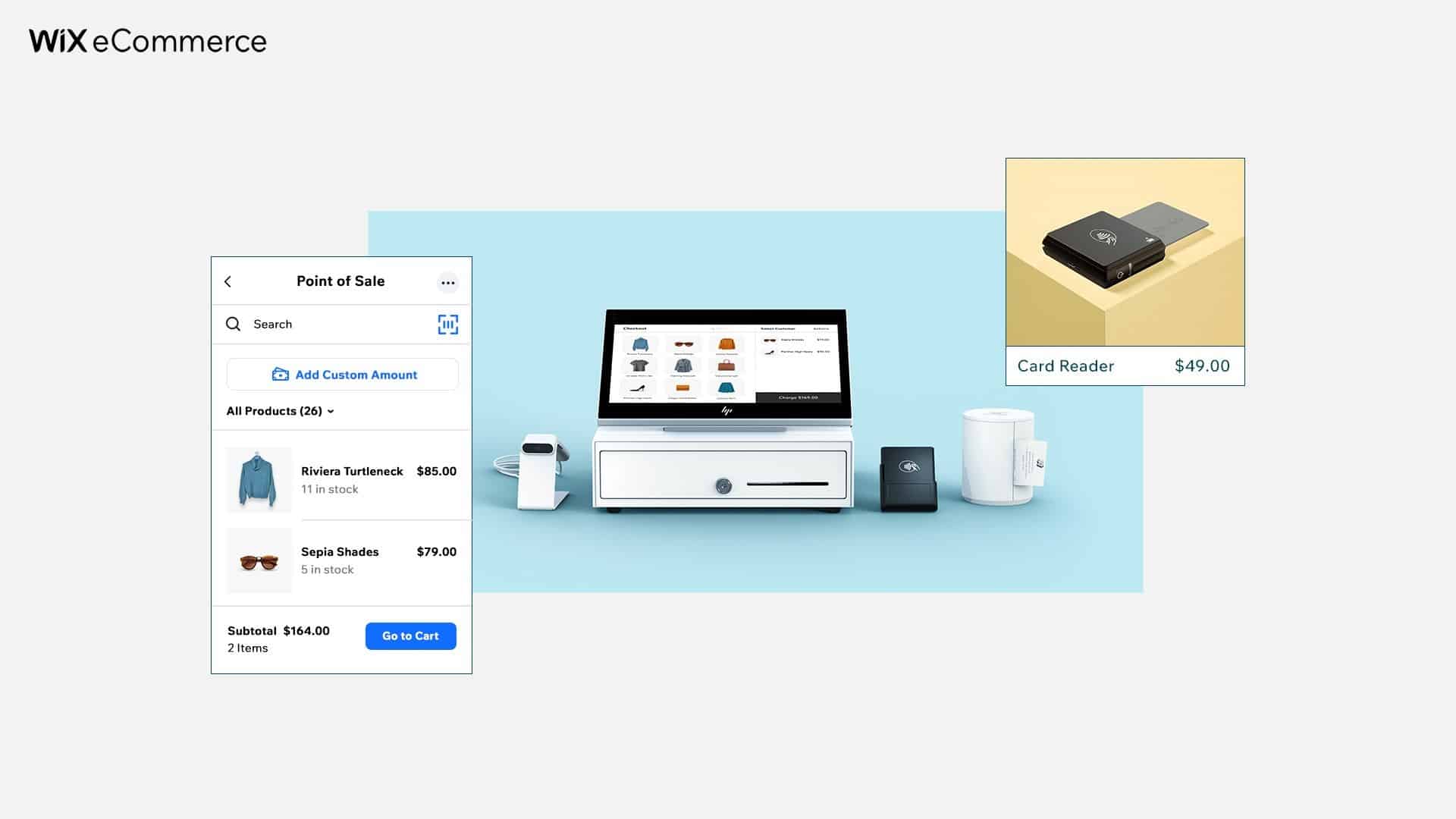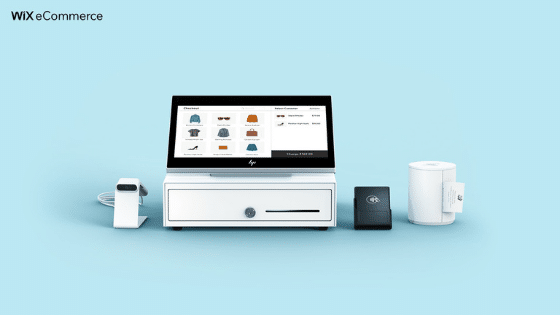Wix continues its evolution into a formidable competitor not just to other site builders but also to eCommerce giant Shopify.
Last week the 15-year-old Israeli company formally announced its Wix POS solution that enables its customers to conduct transactions seamlessly across offline and online stores. The solution had been in closed beta since late last year.
Wix is a listed company with a market cap of $15.9 billion. Shopify, also founded in 2006, is currently valued at $169.9 billion. Meanwhile, website rival Squarespace (launched in 2003) is worth about $8 billion. So it’s not hard to figure which company Wix would rather emulate.
In addition to the POS rollout, Wix acquired Modalyst, a VC-backed San Francisco-based dropshipping platform founded in 2012. Terms were not disclosed. Dropshipping is a popular form of eCommerce where sellers have goods shipped directly from suppliers to buyers without ever touching the inventory.
The two companies were already familiar. Modalyst was one of the most successful eCommerce applications in the Wix App Market. It is also part of the Wix Capital portfolio.
We discussed both developments this week with Liat Karpel Gurwicz, Wix’s head of eCommerce marketing. She summarized the objective of Wix’s eCommerce moves this way.
“I think they’re all coming back to that same place of extending the eCommerce platform, making sure that our users are able to manage their business end to end,” Liat said.
“If you think about an eCommerce business, that really means supplier all the way through fulfillment today, and managing all of their finances on the platform. And you have one source of truth for your traffic, your sales data, your customer data, your financials. And just make it a holistic business-management platform.”
In Her Own Words
For the TL/DR crowd, here’s the audio of today’s conversation with Liat.
POS Enables Omnichannel Commerce
Wix POS is at least initially directed at existing Wix users looking to connect online with offline commerce.
“One of the big things that shifted certainly over the year of the pandemic in 2020…is that so many more businesses moved online,” Liat explained. “And the struggle this year is figuring out how they make the eCommerce part of the business that grew during this year an ongoing part of their regular business.”
True omnichannel commerce is Wix’s end game. This is where its customers can manage inventory, fulfillment, finances, and payments on a single platform. And this works seamlessly between offline and online commerce.

So How Does it Work?
Wix’s POS system is positioned largely for retail, fitness, events, and service businesses.
At this stage, Wix doesn’t have a restaurant POS solution. However, it has rolled out a restaurant solution that handles menus, online ordering, and reservations. Other recent moves, notably its acquisition of SpeedETab, signal more to come in the dining vertical.
Wix has sourced its POS hardware through partners, with HP providing the terminals and Stripe the card readers.
Liat explained that Wix POS comes in various options to meet different requirements. The retail solution, for example, has the full kit. The tablet, cash register, barcode scanner, receipt printer, and so on.
“When you walk into a store, it’s what you would expect any brick and mortar store to have,” Liat said. “So that is more primed for a full retail store that really needs that complete setup.”
The next important segment is service-based businesses, including events and other categories that do in-person sales but don’t necessarily require a full retail setup. Wix steers businesses fitting this description towards its mobile POS.
“That has the card reader, which connects with our mobile app. So it allows you to manage that on the go, you can accept payments wherever you are. And that integrates with our other apps on the platform like our events solution or our service-based solution,” Liat explains. “So I think the idea is to allow all of our businesses to be able to accept the in-person payments in the way that’s right for their business.”
Wix monetizes the POS through both transaction fees and premium subscriptions, which Wix requires to do transactions on the platform. Sellers also need to purchases the hardware from Wix.
Wix Nibbles at the Restaurant Vertical with SpeedETab Acquisition
Adding a Supplier Hub
The Modalyst acquisition brings two important elements into Wix’s eCommerce solution. The aim is to attract new sellers and give more options to existing Wix customers. Including those not exclusively engaged in online selling.
“Dropshipping definitely brings in a new audience of people who are looking specifically to dropship and are looking for an integrated solution there where the drop shipping connects fully with the eCommerce platform,” Liat said.
“This allows businesses whose main business isn’t necessarily eCommerce to also sell products. So for example, if I was a fitness business, and I could have branded yoga mats, water bottles, and whatever else worked for my business. So allowing our entire user base to extend their offering.”
But perhaps a bigger element of the acquisition than the dropshipping piece is the notion of a native supplier hub. This gives sellers on Wix’s platform access to vetted suppliers that they can connect automatically to their eCommerce stores.
“And then there’ll be varying tiers of how they can offer that,” Liat explained. “If they want to do a regular dropshipping setup, or if they want to white label those products, if they want to have a warehousing solution, or if they want to have the products shipped to them, and then they handle the fulfillment. So we’ll offer all the various tiers. But the idea is to offer our users a network of quality suppliers with quality products.”





